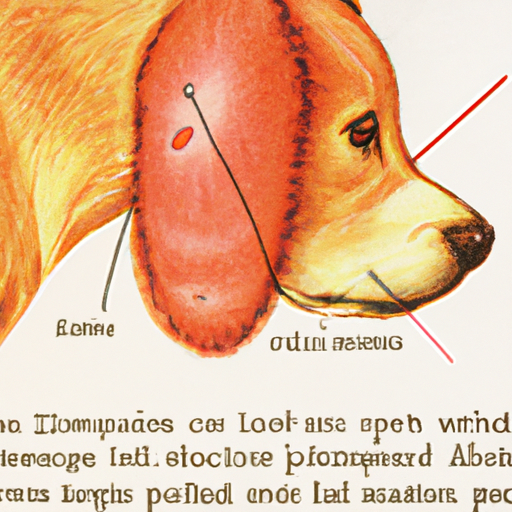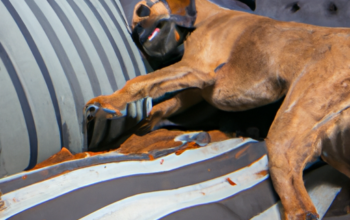Understanding Pyoderma
You probably care for your dog like it’s your own child, and it’s only natural to be worried when they’re not feeling their best. Pyoderma is a skin infection that can cause discomfort in your dog, and as a caregiver, it’s essential to know what it is, how to prevent it, and how to treat it.
Pyoderma is derived from the Greek words “pyo” meaning pus and “derma” meaning skin. It denotes a skin infection with pus-filled lesions. Dogs, like humans, have bacteria on their skin, but when these bacteria multiply excessively, they can cause pyoderma.
Symptoms of Pyoderma
Recognizing the symptoms of pyoderma is the first step towards helping your dog. Here are some signs to look out for:
- Redness and swelling
- Pustules (pus-filled lesions)
- Hair loss
- Itching and scratching
- Crusty, flaky skin
Causes and Risk Factors
Pyoderma in dogs can be caused by a variety of factors. It’s often a secondary infection, which means it usually occurs when your dog’s skin is already compromised from another condition. Here are some common causes and risk factors:
- Allergies
- Parasites (fleas, mites)
- Hormonal imbalances
- Immune system disorders
- Physical trauma (cuts, scrapes)
Treatment Options
If you notice any signs of pyoderma in your dog, it’s crucial to seek veterinary care. Your vet will perform a physical examination and may take a skin scraping for further analysis. Here’s a brief overview of the possible treatment options:
| Treatment | Description |
|---|---|
| Antibiotics | Administered orally or topically |
| Medicated Shampoos | Help to relieve symptoms and prevent further infection |
| Dietary Changes | Can help if the pyoderma is related to an allergy |
Preventive Measures
Prevention is always better than cure. Here are some steps you can take to prevent pyoderma in your dog:
- Regular grooming
- Flea and tick prevention
- Adequate nutrition
- Regular vet check-ups
Frequently Asked Questions
Q: Can pyoderma in dogs be prevented?
A: Yes, regular grooming, flea and tick prevention, adequate nutrition, and regular vet check-ups can help prevent pyoderma.
Q: Is pyoderma contagious to humans or other pets?
A: No, canine pyoderma is not contagious to humans or other pets.
Q: How long does it take for pyoderma to heal?
A: With proper treatment, most cases of pyoderma clear up within 3 to 4 weeks.
Q: Can pyoderma reoccur in dogs?
A: Yes, particularly if the underlying cause is not addressed.
Remember, as a responsible caregiver, it’s your duty to ensure your furry friend’s health and happiness. Stay informed, stay vigilant, and they’ll thank you with their wagging tail.



